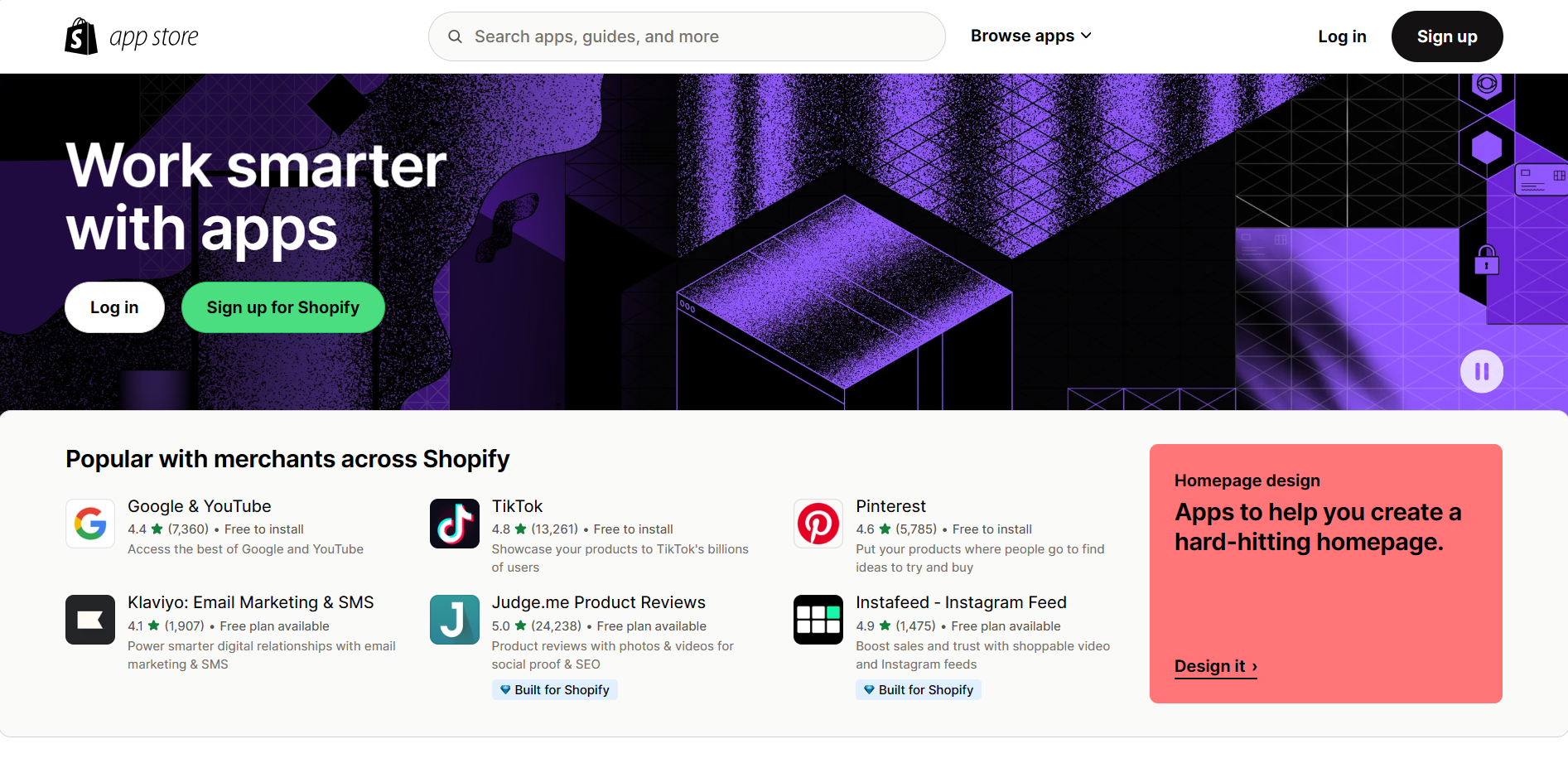Solution and Objectives
To address these gaps, our client sought to create a white-label, multivendor marketplace app enabling:
For Retailers:
- Self-serve vendor onboarding: Enabling retailers to discover, screen, and onboard niche vendors based on catalog synergies and customer preferences.
- Centralized inventory distribution: Seamlessly publish selected vendor products across their existing storefronts and channels.
- Unified order management: Consolidate orders and provide visibility across all vendors at a dashboard level reducing fragmentation.
- Automated payouts: Streamline commission transfers to vendors based on sales, reducing accounting complexity.
- Marketplace analytics: Provide insights into vendor performance, customer preferences, and other metrics to refine business strategies.
For Vendors:
- Increase distribution reach: Exposure and access to retailer stores complementing their existing Shopify presence.
- Simplify order processing: Centralized portal to manage all orders, inventory, and fulfillment across multiple stores.
- Maintain brand consistency: Tools to customize brand assets, storefront visuals and customize communications for retailer store customers.
- Enhance financial control: Payout modules offer transparency into sales numbers, commission structures, etc.
For Customers:
- Wider product selection: Seamlessly shop from aggregated selections from the retailer’s catalog combined with niche vendors.
- Brand diversity: Access products from brands that may not directly sell on Shopify but rely on retailers for distribution.
- Fulfillment reliability: Consistent post-purchase experience despite orders being fulfilled by specific vendors.
By resolving the needs of both sides of the Shopify commerce equation, the envisioned app would enrich stakeholders by leveraging the platform’s infrastructure strengths.
Technology Planning
We invested significant upfront planning and preparation across multiple dimensions to de-risk execution:
Market Analysis & User Research:
We thoroughly evaluated successful online marketplaces to extract lessons around onboarding approaches, vendor management capabilities, and associated monetization models. Additionally, we interviewed several niche retailers and vendors already leveraging manual workarounds. This allowed us to precisely map friction points in their journey to structuring win-win partnerships at scale.
Competitor Landscaping:
We analyzed apps on Shopify and BigCommerce offering snippets of multivendor functionality like vendor registrations, payouts, etc. By scrutinizing their limitations, gaps in user experiences, and negative reviews, we recognized core areas of differentiation for our platform. These included the degree of native storefront integration, unified visibility across vendors for retailers, and emphasis on decentralized orchestration.
Technical Feasibility Assessment:
Shopify’s robust API capabilities offered numerous integration paths each with its technology tradeoffs. Our team invested effort in identifying approaches most optimal for enabling key platform capabilities like inventory, order, and customer data sharing across stores while also being reliable and secure. We also ran mock tests for estimated load thresholds.
Defining an MVP:
Despite a vast canvas of possibilities, we diligently prioritized a Minimum Viable Product (MVP) feature set addressing the most pressing retailer and vendor needs from our research. These centered around vendor onboarding, catalog integration, and order management elements. We maintained flexibility for subsequent capability injection.
Adopting these best practices upstream turned out invaluable for streamlining execution down the road by establishing clear directions rooted in user needs.




